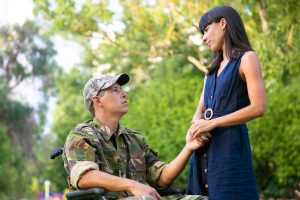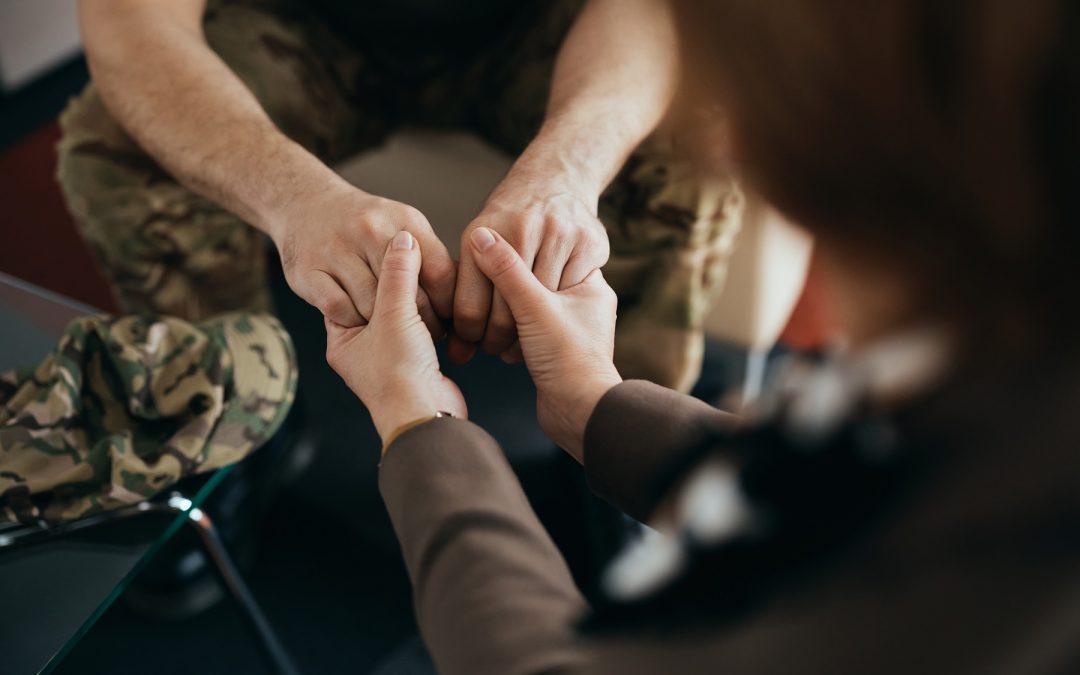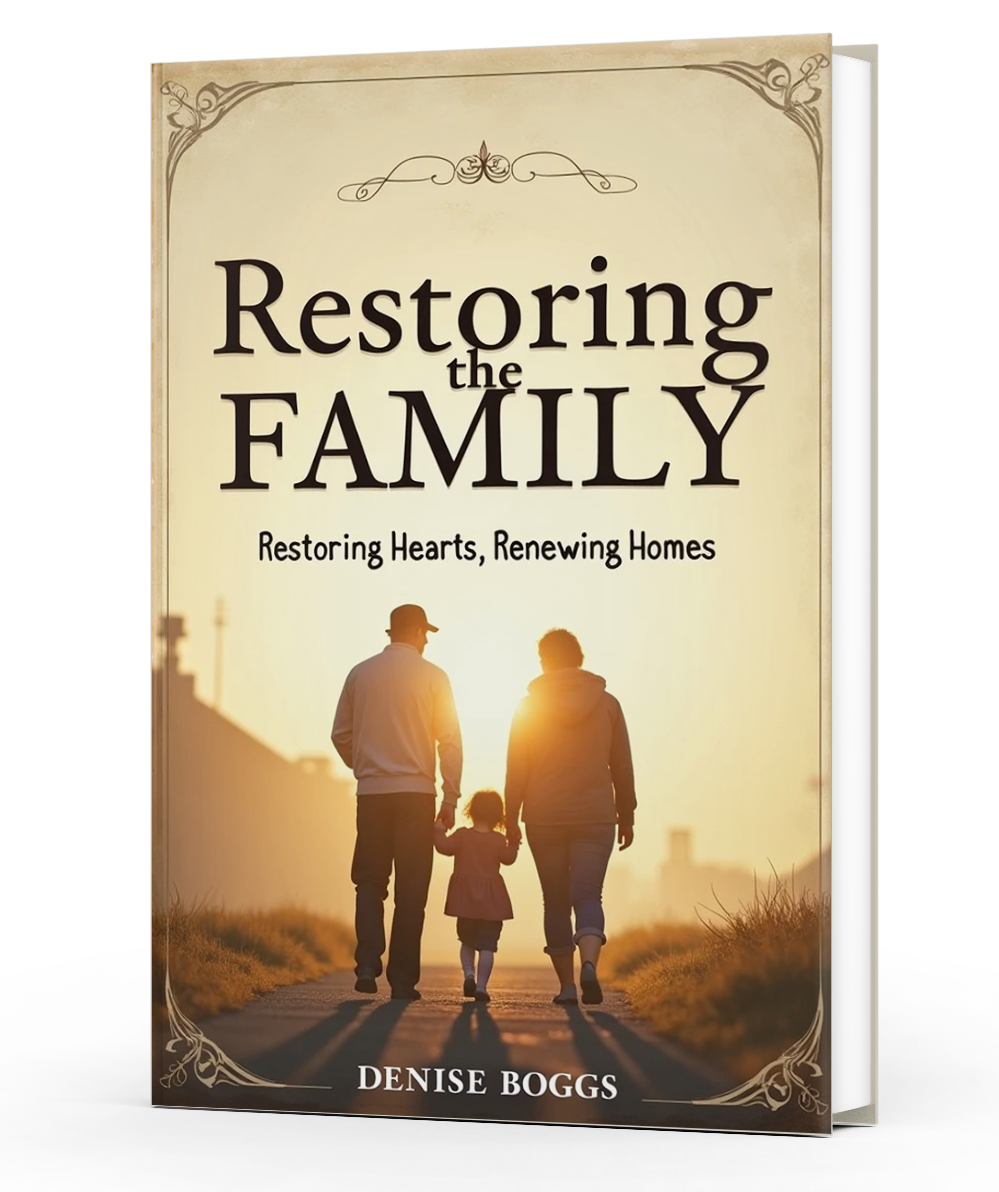 When military service members return home, they often face a battle that’s rarely discussed – the challenge of reconnecting with their families and adapting to civilian life. While their physical presence is welcomed with open arms, many veterans struggle with an invisible barrier that keeps them emotionally distant from their loved ones.
When military service members return home, they often face a battle that’s rarely discussed – the challenge of reconnecting with their families and adapting to civilian life. While their physical presence is welcomed with open arms, many veterans struggle with an invisible barrier that keeps them emotionally distant from their loved ones.
The Disconnect Between Two Worlds
Military service creates a profound transformation in individuals, instilling a mindset and behavioral patterns that, while essential for survival in combat or military settings, can become significant obstacles in family life. Veterans often find themselves caught between two worlds: the structured, mission-focused military environment they’ve adapted to, and the fluid, emotionally-engaged family life they need to re-enter.
One of the most challenging aspects is emotional disconnection, a survival mechanism developed during service. As one veteran explains, “You’re trained to not feel, to detach from emotions to do your job effectively.” This emotional detachment, while necessary during deployment, becomes a barrier when trying to reconnect with spouses and children who need emotional engagement and vulnerability.
Impact on Family Dynamics
The effects of this disconnection ripple through the entire family system. Spouses often report feeling like they’re living with a stranger – someone physically present but emotionally absent. Children may struggle to understand why their parent seems different, distant, or unable to engage in the emotional aspects of family life.
The military culture’s emphasis on command and control can unconsciously seep into family interactions. Veterans might resort to using commanding tones with family members, treating household tasks like military operations, or becoming frustrated when family members don’t respond with the immediate compliance they’re accustomed to in military settings.
Communication Challenges
Perhaps one of the most significant hurdles is the transformation of communication patterns. Military communication is typically direct, command-oriented, and sometimes harsh – characteristics that can create tension in family relationships. Veterans may struggle with:
- Difficulty expressing emotions
- Tendency to give orders rather than engage in dialogue
- Challenges in listening without becoming defensive
- Struggle with showing vulnerability
- Difficulty in handling normal family conflicts
The “Don’t Talk” Rule
Many veterans internalize what’s known as the “Don’t Talk” rule during their service. This unwritten code of silence about traumatic experiences or emotional struggles can become a significant barrier to family healing. When veterans can’t or won’t discuss their experiences and emotions, family members often feel shut out and unable to provide support.
Breaking the Cycle
The good news is that these challenges can be overcome with understanding, patience, and the right support. The key steps in the healing process include:
- Recognition: Acknowledging that military culture and trauma have affected family dynamics is the first crucial step.
- Creating Safe Spaces: Establishing an environment where both veterans and family members can safely express their feelings without judgment or criticism.
- Relearning Communication: Learning to “speak the truth in love” and developing healthy communication patterns that work for both military and civilian life.
- Setting Boundaries: Establishing healthy boundaries that protect everyone’s emotional well-being while fostering connection.
The Role of Understanding
For families, understanding that their veteran’s behavior isn’t personal but rather a result of their military experience can help reduce tension and create space for healing. As one spouse notes, “Once I understood that his emotional distance wasn’t about not loving us, but about how he had to survive during deployment, I could approach our challenges with more patience and compassion.”
The Path to Healing
Recovery and family restoration require intentional effort from all family members, but particularly from the veteran. Key aspects of the healing journey include:
- Learning to reconnect emotionally
- Developing new communication skills
- Processing trauma in a safe environment
- Establishing new family dynamics that honor both military service and civilian life
- Creating boundaries that protect while allowing for vulnerability
Professional Support
Many veterans and their families find that professional support is crucial in this journey. Support groups, counseling, and specialized programs that understand both military culture and family dynamics can provide essential tools and guidance for restoration.
Looking Forward
While the challenges of returning home are significant, they’re not insurmountable. With understanding, patience, and proper support, veterans and their families can bridge the gap between military and civilian life, creating stronger, more connected relationships.
The key is recognizing that this transition is a process, not an event. Just as military training took time to instill, the journey of returning home – truly coming home – takes time as well. But with commitment and support, veterans can learn to be both the warrior they became and the family member their loved ones need.
This journey of restoration isn’t just about returning to who they were before military service – it’s about integrating their military experience into a new, whole person who can fully engage in family life while honoring their service experience.




